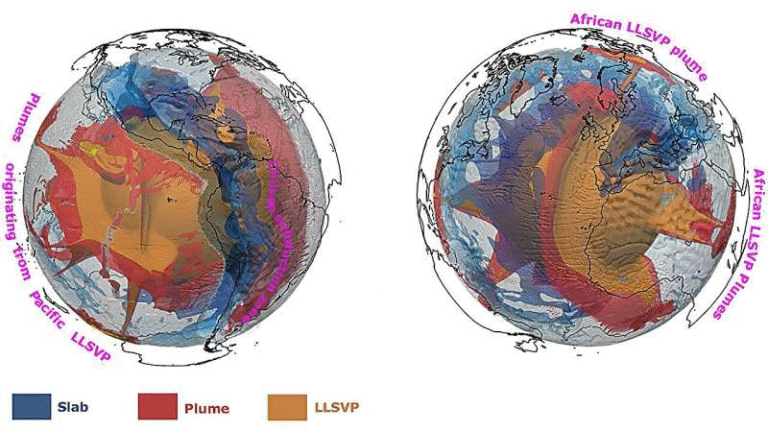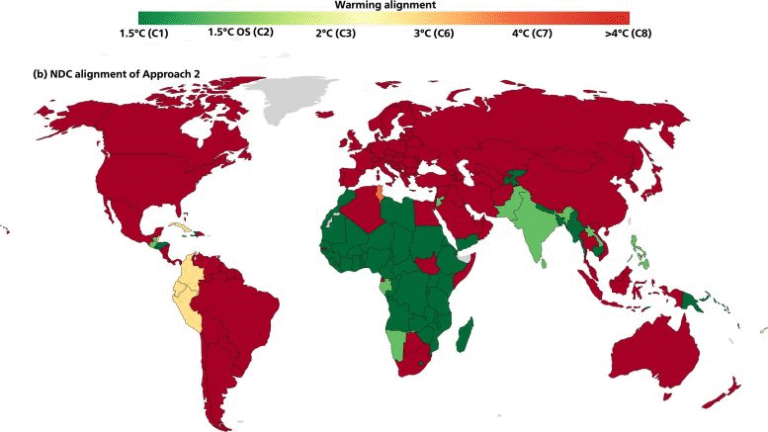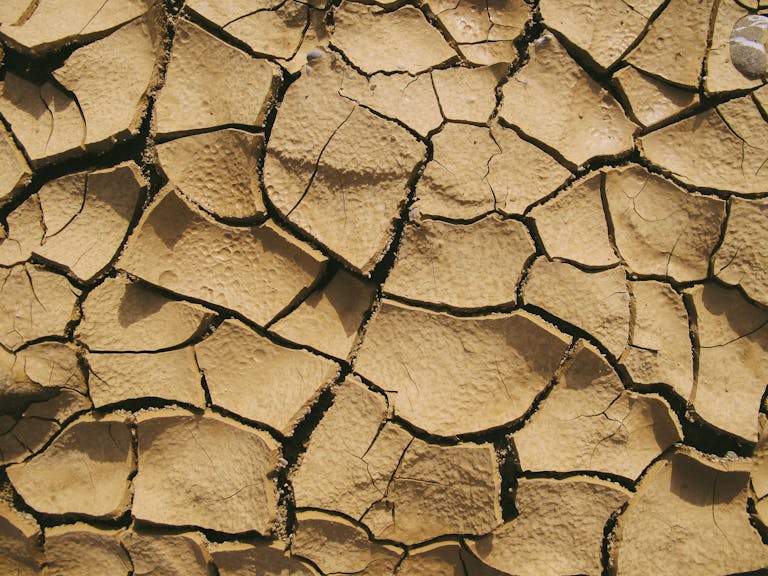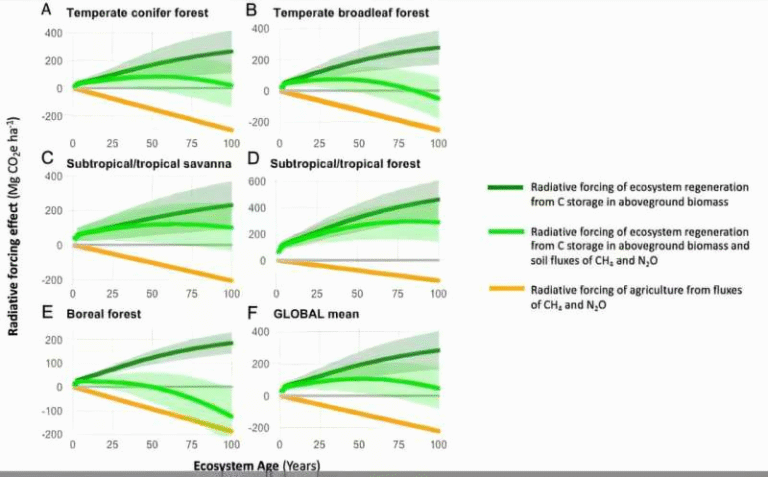Extreme Weather Events Are Hitting the Most Vulnerable Communities the Hardest, New Research Finds

When extreme weather strikes, not everyone feels the impact equally. A new study led by Serena Alexander, an associate professor at Northeastern University, has shown that the combination of heavy rainfall and strong winds — what scientists call Compound Precipitation-Wind Extremes (CPWEs) — hits socially vulnerable communities the hardest. The findings were published in the International Journal of Climatology (2025) and provide a data-driven look at how these compound weather events are increasing in both frequency and intensity, particularly across California’s San Francisco Bay Area.
What Are Compound Precipitation-Wind Extremes (CPWEs)?
CPWEs happen when intense rainfall and powerful winds occur at the same time or within a short period of each other. Each hazard — heavy rain or high wind — can cause damage individually. But when they happen together, their combined effect multiplies the damage potential. These are the kinds of conditions that uproot trees, flood roads, knock out power, and destroy homes all at once.
Researchers have long studied these hazards separately, but this study emphasizes that looking at them in isolation underestimates the true danger. When wind and rain combine, they can trigger cascading failures — from landslides and flooding to prolonged infrastructure damage — especially in neighborhoods already struggling with old housing, weak drainage systems, and limited financial resources.
The Bay Area as a Perfect Case Study
The research team, which included experts from Northeastern University, UC Davis, and other institutions, focused on the nine-county San Francisco Bay Area. This region provides a unique testing ground because it combines diverse microclimates, complex topography, and extreme economic inequality.
Within a small geographic area, the Bay Area holds everything from wealthy hillside homes to homeless encampments, all of which experience the same storms very differently. This social contrast allowed researchers to study how physical hazards and social inequality intersect.
They analyzed data from the gridMET meteorological dataset, which tracks weather conditions across the continental United States at a fine five-kilometer resolution. Using 40 years of data (from 1982 to 2022), they identified the top 2% of wet-season days — the most intense storm periods — and mapped how often those days featured both extreme rain and high wind.
Connecting Weather with Social Vulnerability
The team didn’t stop at weather data. They combined it with the Centers for Disease Control and Prevention’s Social Vulnerability Index (SVI), which scores communities based on 15 socioeconomic factors such as income, age, housing quality, transportation access, race, and language barriers.
By overlaying CPWE data with the SVI, the researchers found clear spatial hotspots where extreme weather and high vulnerability overlap. Cities like Oakland and San José stood out, where aging infrastructure and dense populations make recovery from storms much harder.
In many of these places, even moderate weather can cause severe disruptions — flooded roads, power outages, property damage — because of underfunded infrastructure. A newer neighborhood with well-maintained housing might weather the same storm with only minor issues, while a low-income area could face displacement or months-long recovery.
The Numbers Behind the Findings
The results paint a worrying picture. Over the past four decades, the frequency of CPWEs increased by roughly two events per decade in the Bay Area. What’s more, the return period — the expected time between one CPWE and the next — has shortened to between half a year and two years in most parts of the region.
In other words, many Bay Area communities can now expect these destructive dual-weather events nearly every year.
The analysis also revealed that while extreme wind events have remained relatively stable, extreme precipitation events have been getting stronger and more frequent, with wet-season rainfall intensity rising by up to 5 millimeters per decade. That shift alone makes the combined hazards more dangerous.
The Future Looks Even Stormier
Looking ahead, the study used climate model projections to simulate future conditions under different greenhouse gas scenarios — a medium one (SSP2-4.5) and a high-emission one (SSP5-8.5).
Under both scenarios, CPWEs are expected to become more frequent and more intense, especially the longer-duration ones (three- or five-day storms). Although wind extremes may not increase much, the rise in prolonged heavy rain events will likely make future storms even more destructive.
That means communities that are already struggling — particularly those in low-lying areas, or with poor drainage and outdated infrastructure — will face even greater risks in the coming decades.
Why the Impacts Are Unequal
One of the strongest messages from this research is that climate risk is not evenly distributed. Physical exposure to storms matters, but so do social and economic factors.
Communities with older housing, poorly maintained drainage, or limited mobility (like households without cars) are far less able to cope. For many low-income families, even temporary displacement can lead to long-term hardship. The study draws parallels with disasters like Hurricane Katrina, where thousands of residents — particularly from vulnerable backgrounds — were unable to return home after the storm.
What Can Be Done?
The researchers suggest several ways to reduce the impact of compound weather events:
- Upgrade housing and infrastructure: Retrofitting mobile homes, reinforcing roofs, improving drainage systems, and maintaining roads can drastically reduce damage during extreme storms.
- Improve early warning systems: Vulnerable groups — especially the homeless, linguistically isolated, and transit-dependent — often miss official weather warnings. Tailoring communication strategies to these groups can save lives.
- Plan for compound hazards: Governments typically prepare for single hazards (just flooding or just wind). The study emphasizes designing policies that account for overlapping threats, ensuring emergency responses and resource allocation match real-world risks.
By viewing extreme weather through both climate and social lenses, policymakers can better identify which communities need help the most.
The Broader Climate Context
Compound weather events are becoming more common worldwide. Scientists have observed similar patterns in Europe, Asia, and parts of North America. As global temperatures rise, the atmosphere holds more moisture, which fuels heavier rainfall. Meanwhile, shifts in atmospheric circulation can alter storm tracks and wind patterns, setting the stage for stronger combined events.
This combination — more moisture and unstable wind systems — increases the odds of compound disasters like what the Bay Area is now seeing.
What’s especially concerning is that infrastructure in many urban areas was designed for a 20th-century climate, not the 21st-century reality of record-breaking rainstorms and intensifying winds. Without significant upgrades, even moderate storms could cause outsized damage in the years ahead.
Lessons Beyond California
While this study focuses on the San Francisco Bay Area, its implications are far-reaching. Cities around the world — from Miami to Manila — face similar challenges where climate hazards and social inequalities overlap.
Urban planners, policymakers, and community leaders can use the Bay Area findings as a template for assessing local compound risk. Mapping where physical hazards intersect with social vulnerability can help direct investments more effectively — protecting those who need it most.
As climate change accelerates, these integrated risk analyses will become essential tools for building resilience.
The Bottom Line
Extreme weather is becoming more frequent, more intense, and more interconnected. This new research makes it clear: it’s not just about the storms themselves, but who those storms hit the hardest. The interaction between physical hazards and social inequality determines how severe the consequences are — and who gets left behind when recovery begins.
Building a safer future means addressing both sides of that equation.
Research Reference:
Socio-Economic Risk of Rising Compound Precipitation-Wind Extremes in San Francisco Bay Area – International Journal of Climatology (2025)





